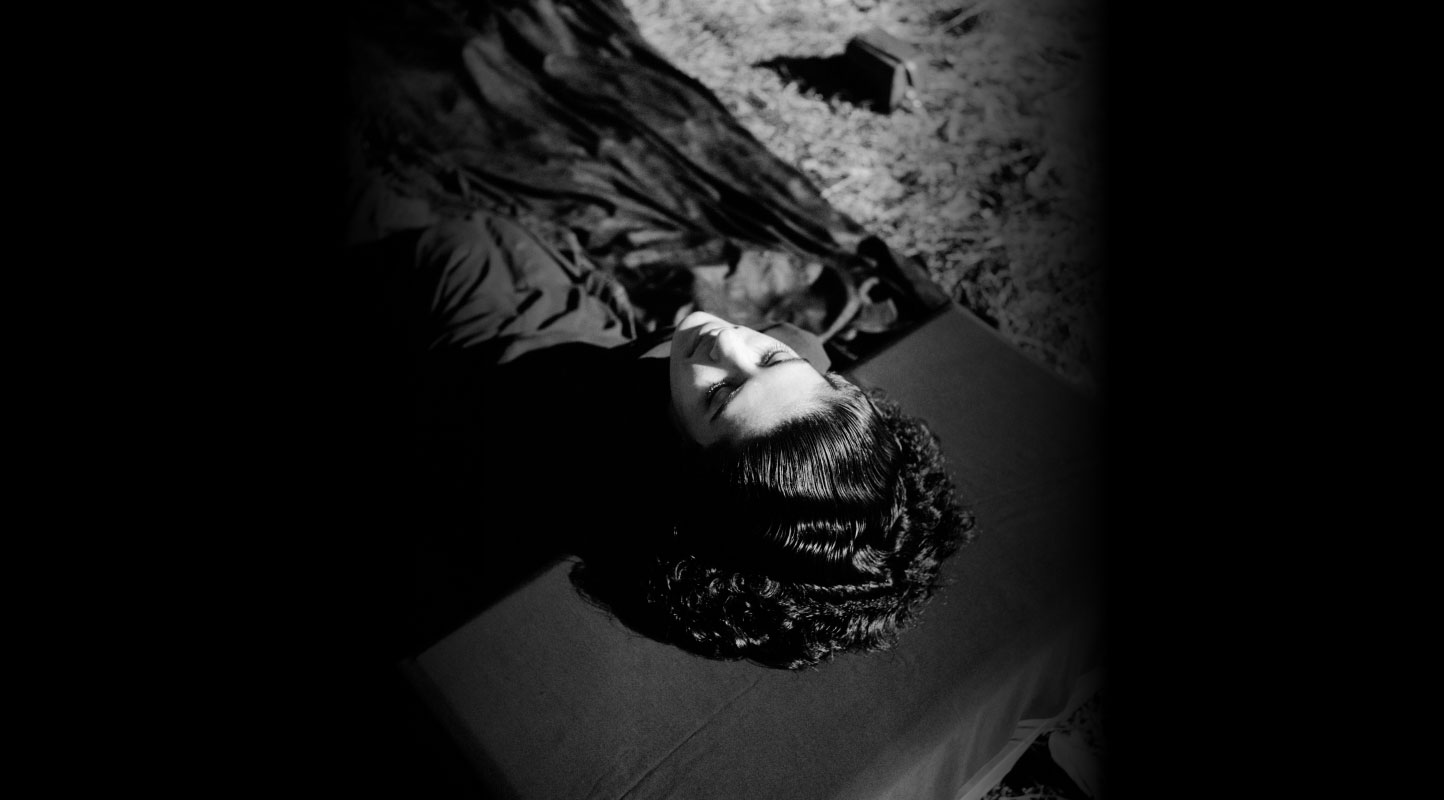Archiving Collectives: Asia Art Archive’s Inter-Archive Conversations
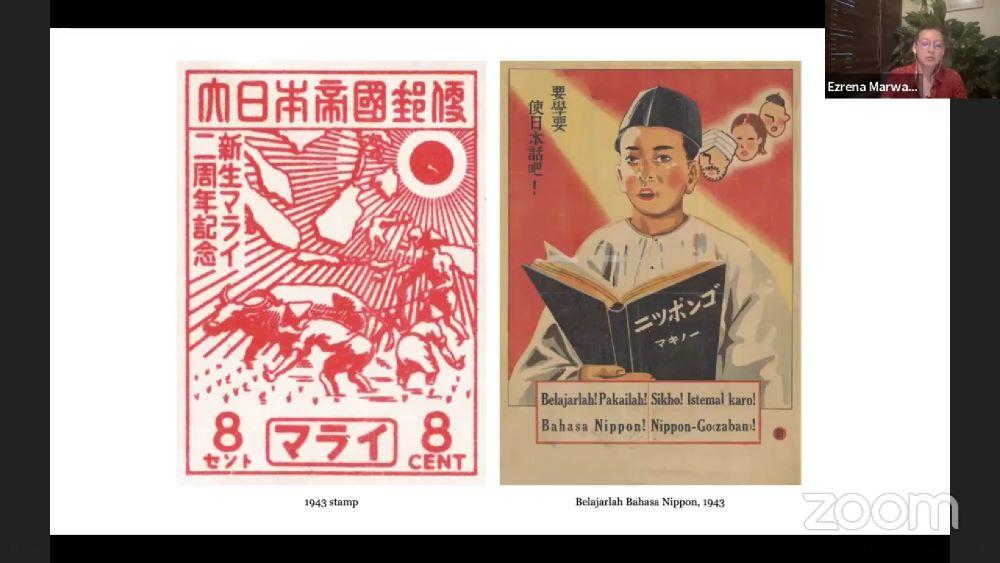
Presentation on visual material produced during Japanese occupation of Malaysia by Ezrena Marwan from the Malaysia Design Archive.
In a continuing series of conversations with and among archivists, the Asia Art Archive organized a session with Malaysia Design Archive (MDA) and Northeast Lightbox (NL), titled Archives as Sites for Collective Meaning-making. The session focused on collective models of archiving that endow a dialogic significance upon such collections, instead of favouring singular acts of meaning-making that personal and institutional archives may imply. A collecting practice, in other words, aspiring towards an ethic of sharing or easier access. The normative archive that is understood to feed into mainstream narratives about “regional” or postcolonial locations, throws up many critical problems about history-making as they try to offer answers to the complex pasts they seek to represent.
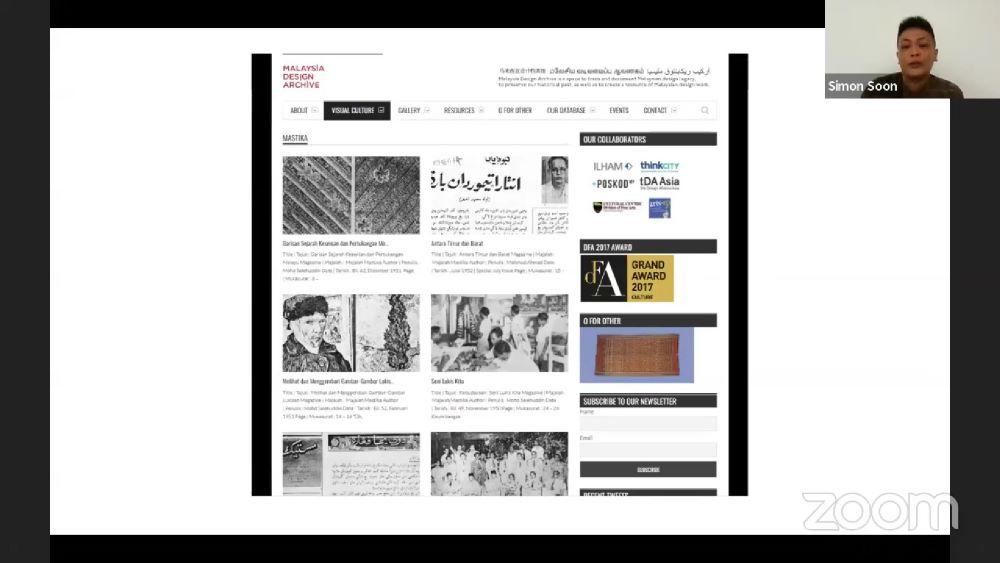
Presentation on the archive’s work by Simon Soon from the Malaysia Design Archive.
The MDA’s archival practice originated as a result of their founding member Ezrena Marwan’s curiosity regarding a design history for Malaysia. Their work is prompted by the question: “How can knowledge of the visual vocabularies of our past shape our understanding of what’s going on today?” Focusing on design for its immediate relation to the popular every day, MDA considers it a complex tool for power. Tracing its modern origins to the early days of British imperialism in Malaya, as their historical survey puts it, “…graphic design was used by the British as part of their strategy to expand its powerful enterprise, which resulted in the development of graphic design as a marketing tool. In other words, graphic design was used to create the identity and ‘face’ of British Malaya.”
By repeating familiar symbols and forms across their various colonies, such as the motif of the rooster used for safety match brands, the British sought to enter the cultural space of the colonised by flattening it. Many of the popular colonial-era designs, especially those used for packaging and match-box labels, will be familiar to South Asians too. This recognition of similarity—albeit one that was imperially imposed—creates yet another layer in the network of associations that have developed between the porous worlds of coastal South Asia and Southeast Asia, an active relationship that precedes (and survives) colonialism itself. A collective archive, as practised by MDA, rejects the national archival instinct for sacral memory-making and gains by multiplying the sense of their own past. In fact, the trajectories of imperial rule on design history proves this multiplicity. For instance, the MDA traced distinct Japanese symbols (like the rising sun) which appear as a prominent design element in products made during the brief period of their occupation of Malaya, at the height of the Second World War.
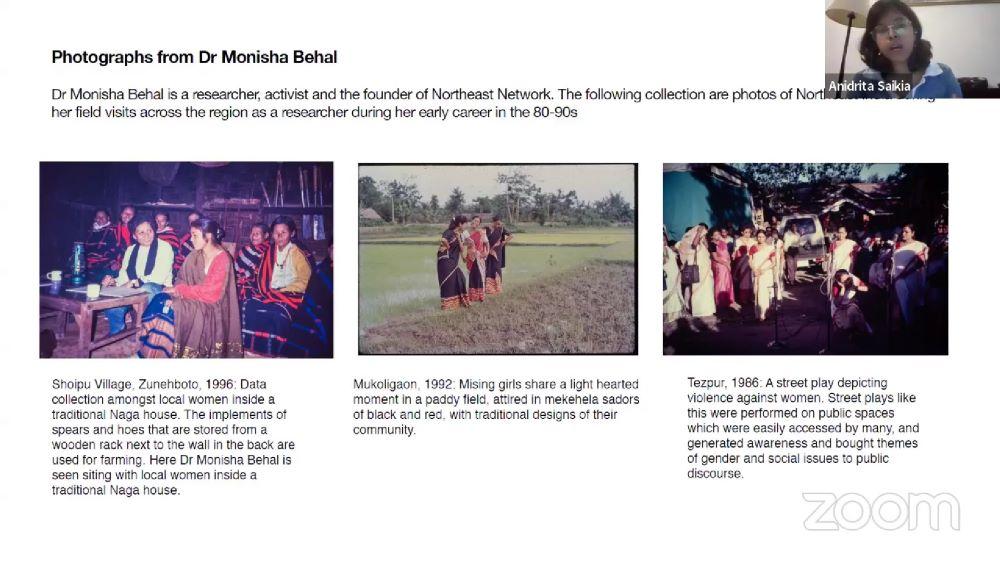
Presentation of Dr. Monisha Behal’s archive by Anidrita Saikia from the Northeast Lightbox.
Northeast Lightbox presented newer sets of archival practice, locating themselves distinctly within India’s North East—a location that is hyper visible in the narratives of mainstream academia, history and media, and whose silences are overwritten by forms of colonial and state authority. The members of NL described their own sense of alienation from the region they grew up due to its mediated images. As a regional archive, they seek to fill a gap that exists between the larger image of the region and their own idea of the same. They described NL’s archival work as a self-educating tool aiming to democratise such ideas among local Assamese public first, and then, globally, if possible.
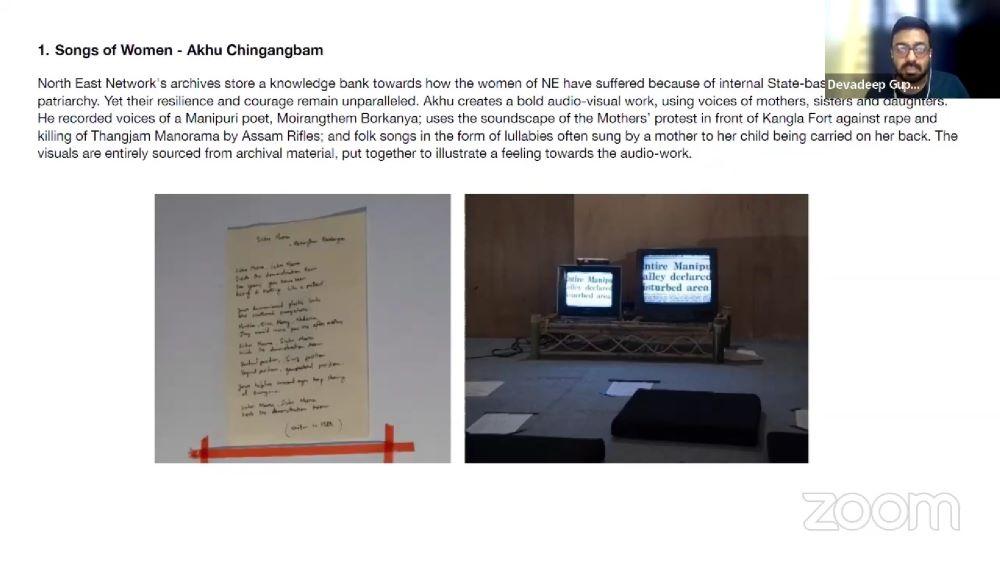
Presentation on the work of Akhu Chingangbam by Devadeep Gupta from the Northeast Lightbox.
NL’s work thus far is in close collaboration with the North East Network (NEN), a women’s rights organisation working out of Assam, Meghalaya and Nagaland. NL digitised their campaign posters and collected the photographs of NEN’s founder, Dr. Monisha Behal. Apart from activating and keeping alive the memory of feminist resistance and organisation in the various North-eastern states of India, their work highlights local food practices and biodiversity. NL’s work also extends to collaborating with artists to develop projects through the mediums of photography, textiles and by using materials of the past as a resource for imagining better futures.
As both these collectives encounter archives that are structurally marked by imperialist relations of power, they must also find new methods to uncover the ways in which the anxious, excessively documented history of colonisation managed to leave such tantalising (and harmful) silences surrounding sexuality, gender relations and the possibility of free knowledge. This brief provides collectives such as the MDA and NL an impetus as they excavate a space of their own, and in service of a public that chooses to see itself as an agent of identity-formation, instead of merely a subject.
To read more about various archival works from the subcontinent, click here, here, and here.
Images courtesy of Malaysia Design Archive, Northeast Lightbox and Asia Art Archive.



